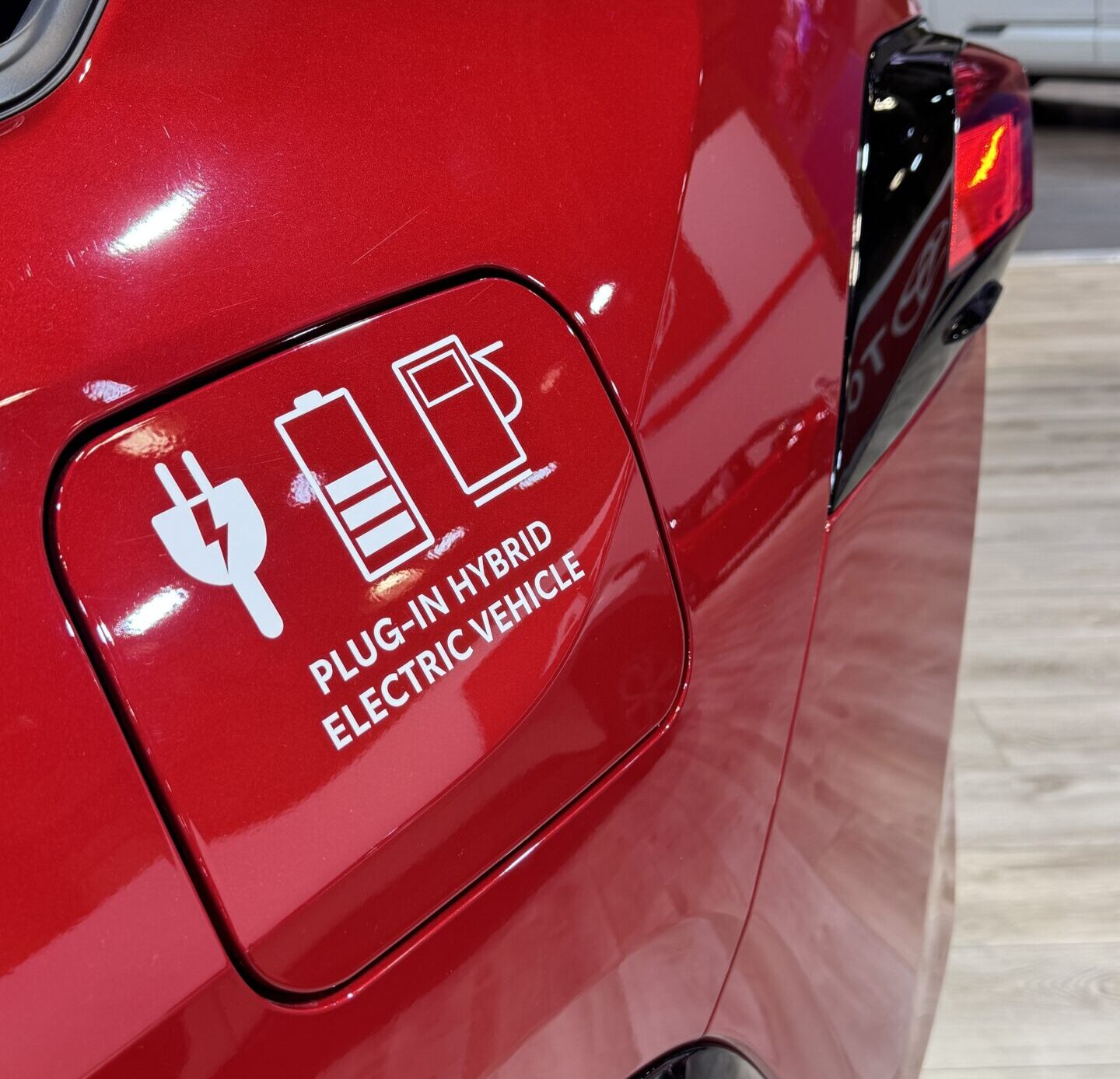
Last year was a challenging time for the electric car market, but plug-in hybrid electric vehicles (PHEVs) are experiencing significant growth, according to a new report. However, the future of this segment still points to all-electric.
According to Mika Takahashi, a technology analyst at IDTechEx, the electric vehicle market faced numerous obstacles in 2024, particularly in Europe. Weaker demand, trade tariffs and political uncertainties have cast doubt on the future of electrification. However, while battery electric vehicles have struggled, PHEVs have thrived.
IDTechEx’s report, Plug-in Hybrid and Battery Electric Cars 2025-2045: Technologies, Players, Regulations, Market Forecasts, showed that PHEVs are expected to grow by almost 75 per cent in 2024 compared to 2023, reaching over seven million units. This growth is largely driven by the Chinese new energy vehicle (NEV) market and favourable governmental policies.
One of the main advantages of PHEVs is their lower cost. The largest component cost of an EV is the Li-ion battery. While BEVs typically have a battery capacity of around 70kWh, PHEVs have much smaller batteries, ranging from five to 25kWh. This significantly reduces the vehicle’s cost without compromising range, as PHEVs also have a combustion engine to alleviate range anxiety.
Despite their advantages, however, PHEVs face criticism regarding their environmental impact. Real-world emissions from PHEVs can be significantly higher than test figures, especially if drivers do not charge their vehicles regularly. A European Commission report found that PHEVs had, on average, 267 per cent higher real-world emissions than stated by test figures. This has led to policy changes that will affect PHEVs’ contribution to OEMs’ CO2 fleet averages.
In China, PHEVs and BEVs receive similar treatment from government subsidies and grants. Manufacturers like BYD have expanded their PHEV offerings, leading to a surge in PHEV sales. In the first half of 2024, PHEVs accounted for almost 22 per cent of new car sales in China, up from 10.7 per cent in 2023.
As for the future, IDTechEx predicts that BEVs will dominate the car market by 2045, taking 75 per cent of the market share, while PHEVs will claim just over 5 per cent. However, PHEVs are expected to peak in new sales by 2028, enjoying short to medium-term success. The report highlighted that decreasing Li-ion battery prices will drive BEV adoption, making them more cost-competitive with PHEVs.
Image info: A PHEV at the 2025 Canadian International AutoShow



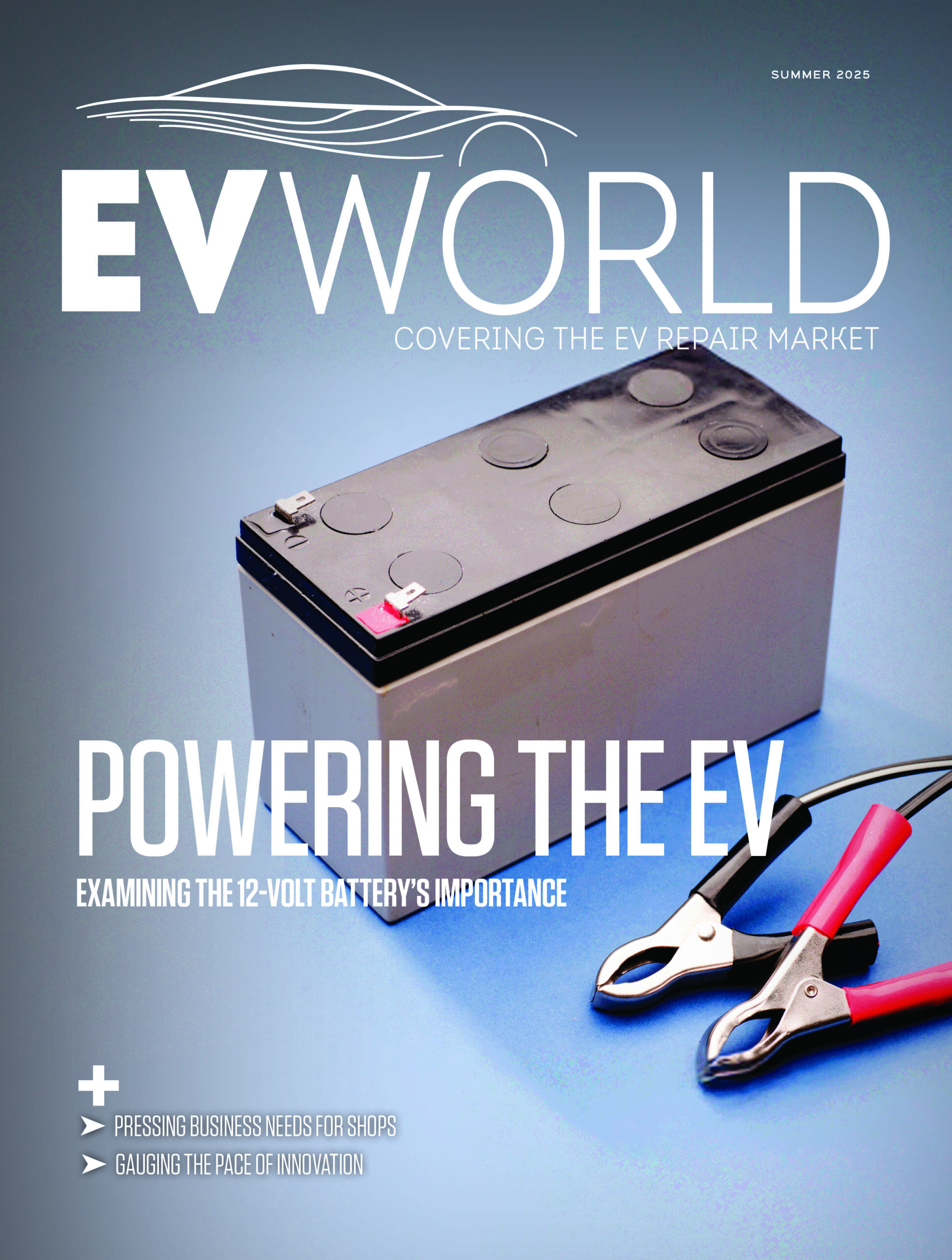

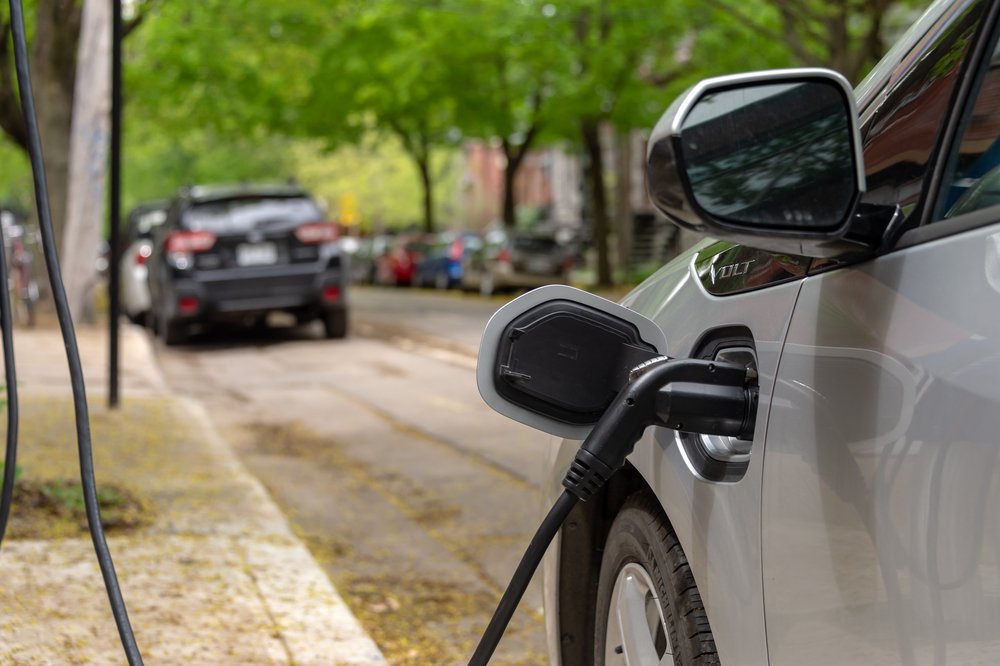

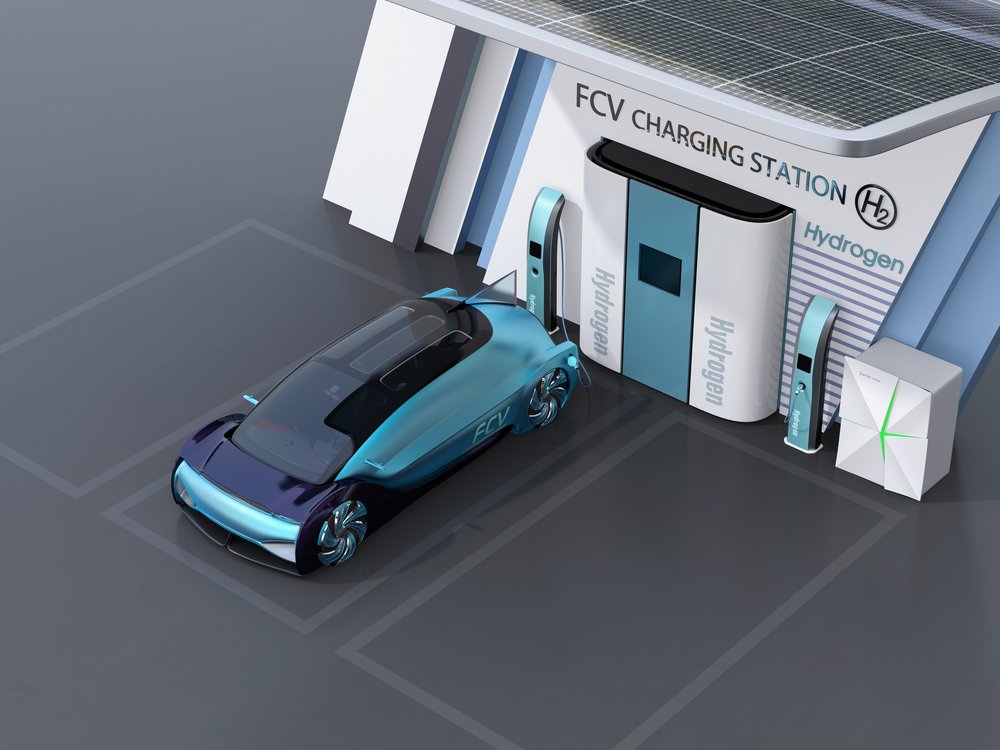
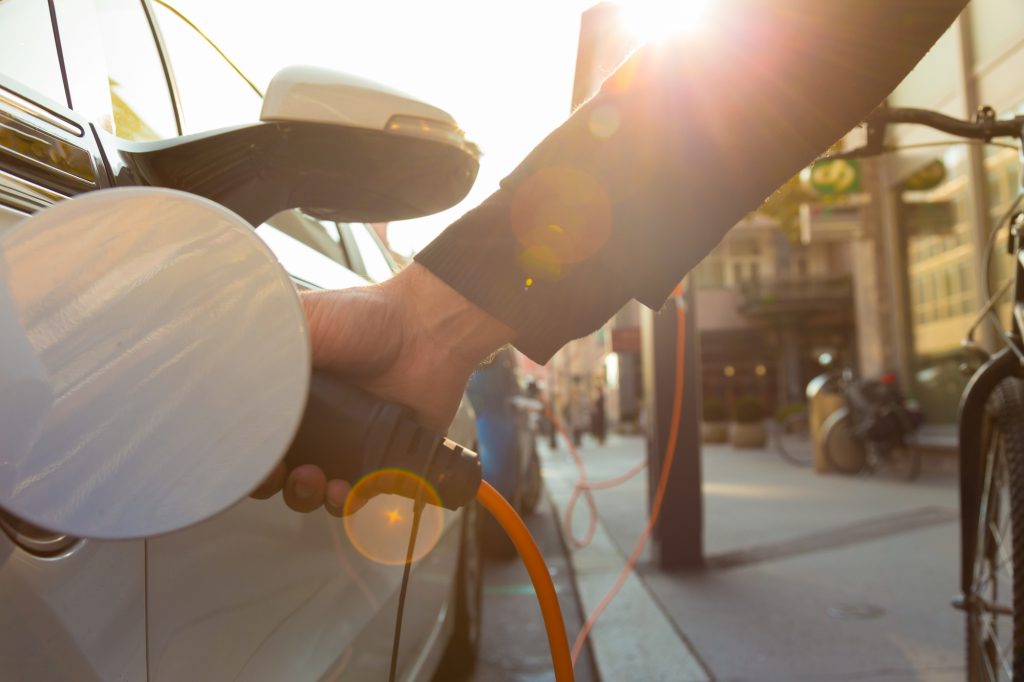
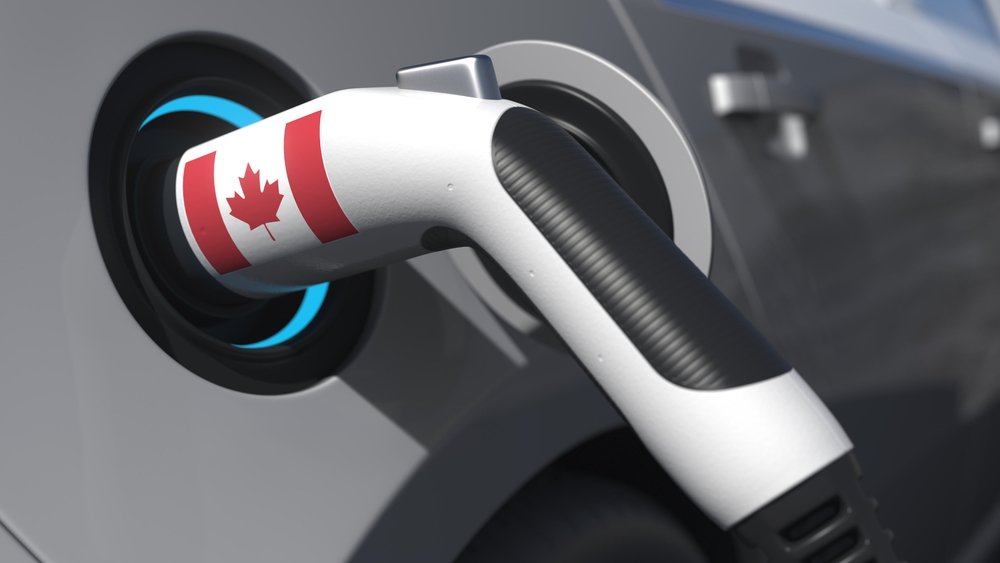
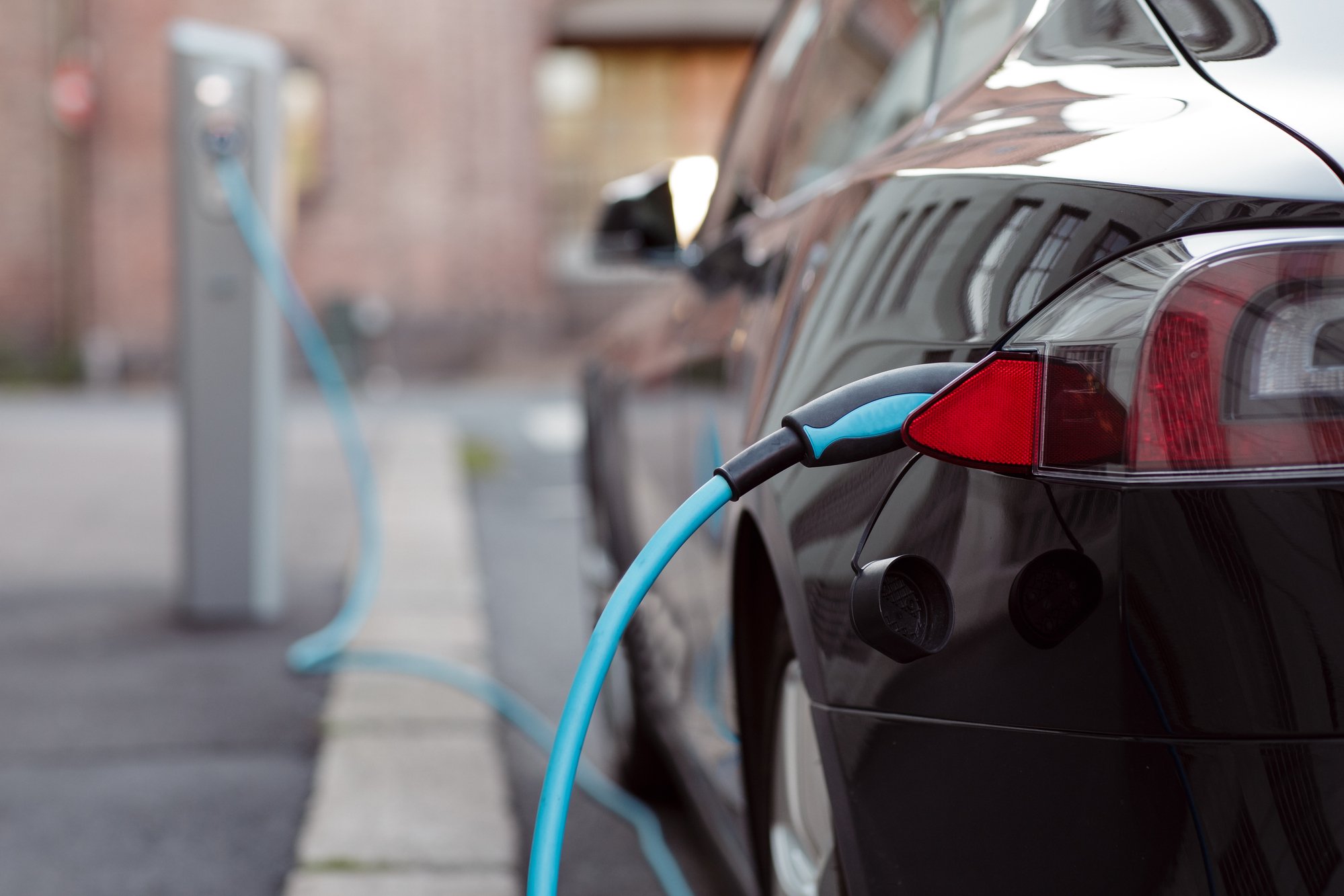
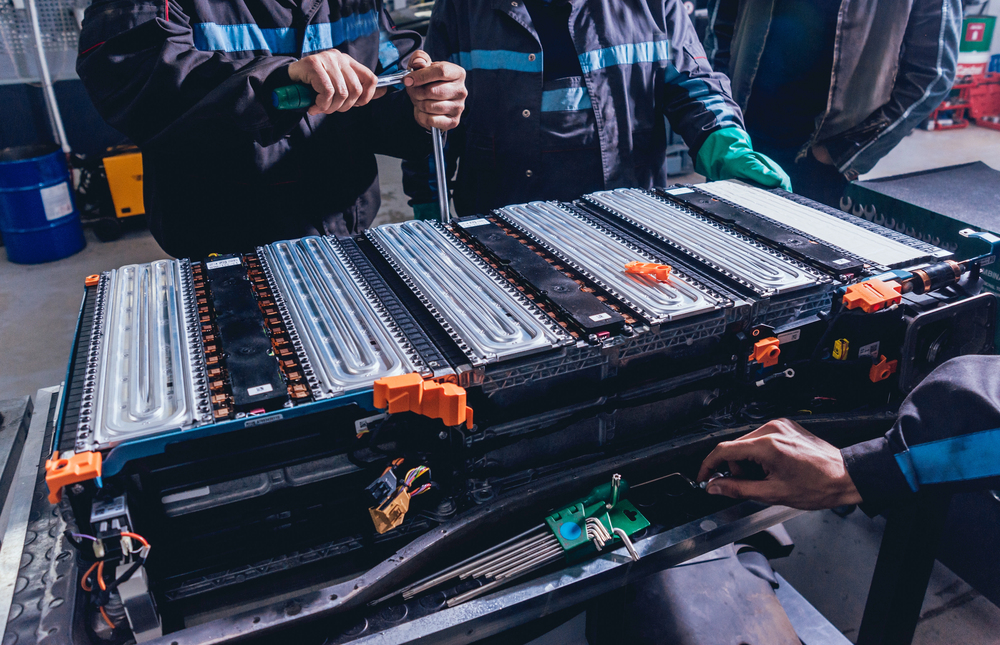
Leave a Reply